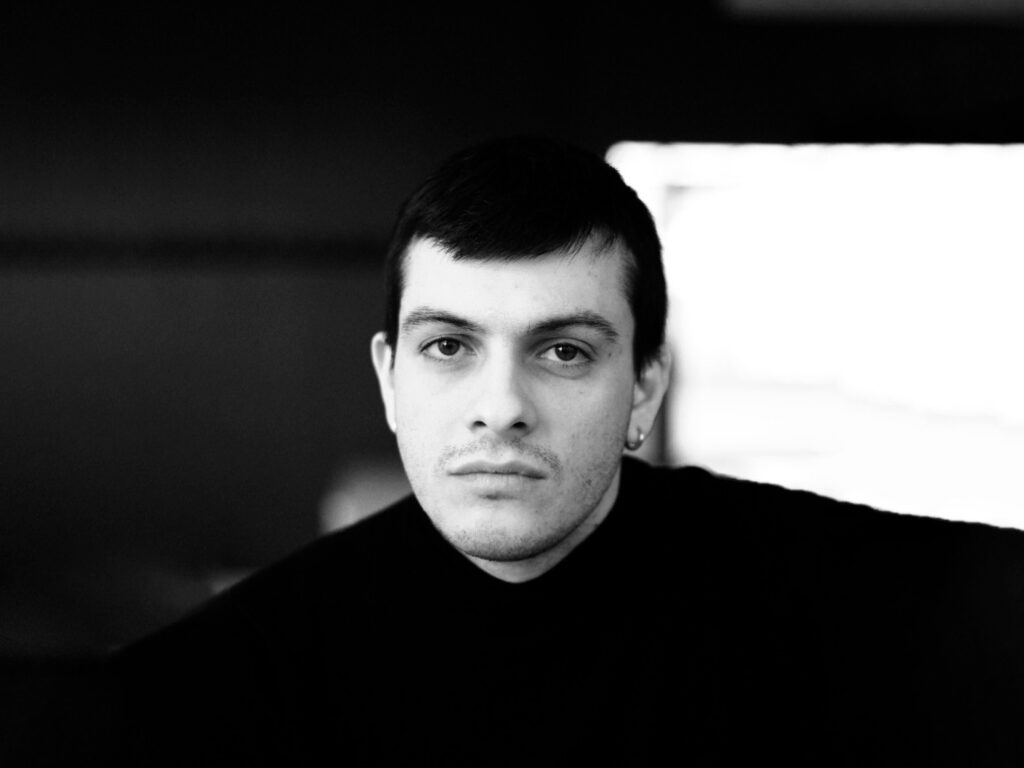






key details
13, 14, 27, 28 October & 4, 18 November 2021
Online on Zoom
4pm — 6pm (CET)
reference
the course
Curated by Carlos Bayod Lucini, project director at Factum Foundation, this 12-hour course aims to expand and deepen understanding of the concepts and practices of 3D digitisation for cultural heritage.
The content is organised into two parts: Input (capturing information) and Output (sharing information). The course explores the theoretical and technical aspects of digital preservation of cultural heritage through the recording, processing, and dissemination of digital outputs and, in some cases, material reproductions of the originals.
Additionally, the classes offer practical demonstrations of the methods and technologies discussed, akin to a workshop. The discussions are enriched with relevant case studies and examples of projects developed by Factum Foundation.
Programme
October 13, 2020
Recording the relief of paintings
- Carlos Bayod Lucini
Carlos Bayod presents the Lucida 3D Scanner, Factum and ARCHiVe’s system for digitising relief. The class explains the process of planning, capturing, processing, visualising, sharing and reproducing the surface of paintings and other low-relief artifacts for conservation purposes.
October 14, 2021
The Lucida 3D Scanner (practical session)
- Carlos Bayod Lucini
This class includes practical sessions demonstrating how the recording process with Lucida 3D scanner works, showing the type of software needed and the obtained files.
October 27, 2021
Recording (and reproducing) surface and shape
- Carlos Bayod Lucini
Class concerning 3D and colour recording of an object’s surface and shape employing close-range photogrammetry and structural light scanning: reliefs, sculptures, architectural elements, rock art, city and landscape, etc. The class explains how these techniques are used for the production of facsimiles through the combination of digital technology and craft skills.
October 28, 2021
Close-range photogrammetry (practical session)
- Carlos Bayod Lucini
- Otto Lowe
The practical session concentrates on close-range photogrammetry to record scultpures, architectonic elements and other tridimensional objects. Otto Lowe explains in depth the method, the gear, the softwares needed and the possible outputs of this recording method.
November 4, 2021
Stereo-photometric recording
- Carlos Bayod Lucini
- Jorge Cano
In this class we enter Factum laboratories with Jorge Cano discovering the stereo-photometric recording system. This technology is experimented to obtain extremely detailed 3D data from surfaces (as for paitings, impressions, print matrices, engraved surfaces,…).
November 18, 2021
Digital restoration and analysis
- Carlos Bayod Lucini
- Irene Gaumé
In the final class, Carlos Bayod and Irene Gaumé analyse new approaches to higher-resolution surface 3D recording and 3D modelling: surface scanning for research and analysis. The concept of digital restoration and its methodologies for non-contact conservation are also talked in depth.
Lecturers
Carlos Bayod Lucini
He is Project Director at the Factum Foundation. His work is dedicated to the development and application of digital technology to the conservation, study and dissemination of Cultural Heritage. Bayod has taught at the MS in Historic Preservation at Columbia University in New York among other institutions, and is a frequent speaker for centers such as Museo del Prado, Harvard Art Museums and Fondazione Giorgio Cini.
Jorge Cano
He is Head of Technological Research & Development at Factum Arte and Factum Foundation. Cano is an expert in 3D recording, image filtering and Geographical Information Systems. For Factum he has developed several scanners and numerous tools for data processing. His latest design, the Selene Scanner, has been used by the Bodleian Libraries allowing imaging specialists and researchers to look at ancient objects with new eyes.
Irene Gaumé
Irene Gaumé is the head of the 3D design department at Factum Arte and leads re-creation projects at Factum Foundation, where she has pioneered the use of 3D modelling to reconstruct cultural heritage, promoting preservation through innovative technology. Her journey as a 3D artist is rooted in a traditional background in sculpture, dedicated to translating ideas into meticulously researched and rendered objects. With a strong foundation in Fine Arts, Irene has honed her expertise in 3D organic modelling, collaborating with renowned artists.
Otto Lowe
He is Senior 3D Recording Specialists and Project Manager at Factum. Otto has also specialised in teaching photogrammetry to universities and local communities conducting training programmes and workshops for Columbia University (USA), Urbino University (Italy), the Royal Commission for AlUla (Saudi Arabia), Art Jameel (Saudi Arabia), the Peri Foundation (Russia), Tokyo University of the Arts (Japan) and Art UK (United Kingdom).















































